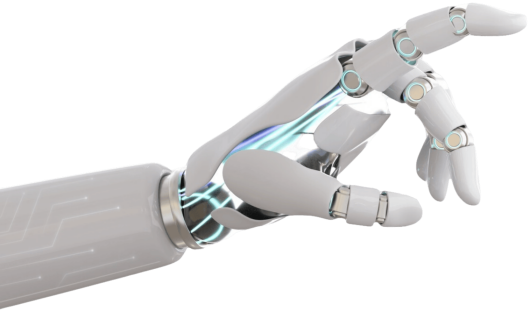
Partly due to the introduction of computers and intelligent machines in modem manufacturing, the role of the operator has changed with time. More and more of the work tasks have been automated, reducing the need for human interactions. One reason for this is the decrease in the relative cost of computers and machinery compared to the cost of having operators. Even though this statement may be true in industrialized countries it is not evident that it is valid in developing countries. However, a statement that is valid for both industrialized countries and developing countries is to obtain balanced automation systems. A balanced automation system is characterized by "the correct mix of automated activities and the human activities". The way of reaching this goal, however, might be different depending on the place of the manufacturing installation. Aspects, such as time, money, safety, flexibility and quality, govern the steps to take in order to reach a balanced automation system. In this paper there are defined six steps of automation that identify areas of work activities in a modern manufacturing system, that might be performed by either an automatic system or a human. By combining these steps of automation in what is called levels of automation, a mix of automatic and manual activities is obtained. Through the analysis of these levels of automation, with respect to machine costs and product quality, it is demonstrated which the lowest possible automation level should be when striving for balanced automation systems in developing countries. The bottom line of the discussion is that product supervision should not be left to human operators solely, but rather be performed automatically by the system.
Balanced automation systems, flexible manufacturing systems, quality control